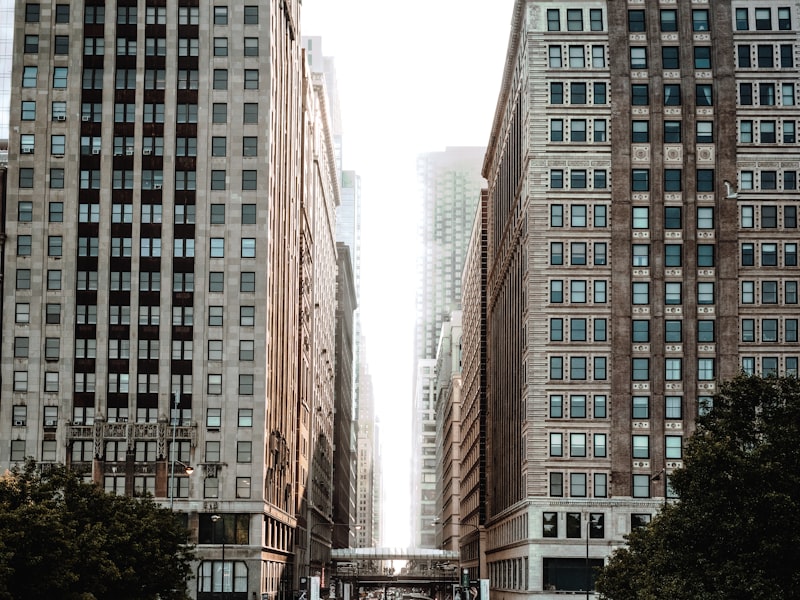Crash Beam Installation, Maintenance & Repair

Installing, sustaining, and repairing crash beams (also known as crash barriers or guardrails) require cautious planning, attention to element, and adherence to safety standards. Here are https://perimetersecuritypartners.com/our-products/bollards/ for every stage:
Installation:
Site Assessment: Conduct an intensive evaluation of the set up site. Consider factors such as road format, traffic move, terrain, and potential impression factors. This evaluation will assist in determining the suitable kind of crash beams needed for the particular location.
Compliance: Ensure compliance with local regulations and security requirements. Different areas may have particular necessities for crash beam design, placement, and supplies.
Selection of Crash Beams: Choose crash beams that are appropriate for the meant function and site visitors quantity. Consider factors similar to beam height, size, materials (typically steel or concrete), and finish therapies (such as terminals and anchorages).

Proper Installation: Follow producer guidelines and security standards throughout set up. Properly set up and secure the crash beams, making certain they're accurately anchored to face up to impacts and prevent them from becoming hazards themselves.
Reflective Markings: Install reflective markings or delineators on the crash beams to enhance visibility, especially throughout low gentle situations.
Maintenance:
Regular Inspections: Schedule routine inspections to evaluate the situation of the crash beams. Look for indicators of damage, damage, or corrosion. Inspections should be performed no much less than annually, but high-traffic areas may require more frequent checks.
Damage Assessment: If any injury is detected throughout inspections, assess its severity. Minor harm might require simple repairs, while intensive injury could necessitate beam alternative.
Cleaning: Keep the crash beams clear and free from debris, vegetation, and snow accumulation. Accumulated particles can hinder drainage, leading to corrosion and compromising the integrity of the crash beams.
Rust Prevention: If the crash beams are made from metal, apply rust-resistant coatings or paint to stop corrosion. Regularly inspect painted surfaces for chipping or peeling and repair any broken areas promptly.
Repair:
Immediate Repairs: Address minor damages promptly. Small dents or scratches could be repaired with out replacing the entire crash beam. Repair damaged areas according to producer guidelines and safety requirements.
Professional Repairs: For vital damages or structural issues, it's advisable to hire professionals skilled in crash barrier repairs. They can assess the harm precisely and perform essential repairs to make sure the crash beams are restored to their original safety standards.
Replacement: If the crash beams are severely broken or compromised, replacement could be the safest choice. Always use crash beams that meet present security standards and adjust to local rules.
Documentation: Maintain detailed records of inspections, repairs, and replacements. Proper documentation ensures you could observe the maintenance history and reveal compliance with security requirements if required.
By following these pointers for installation, maintenance, and restore, crash beams can effectively fulfill their objective of enhancing street security and stopping accidents. Always prioritize safety, compliance, and high quality when working with crash barrier methods..
